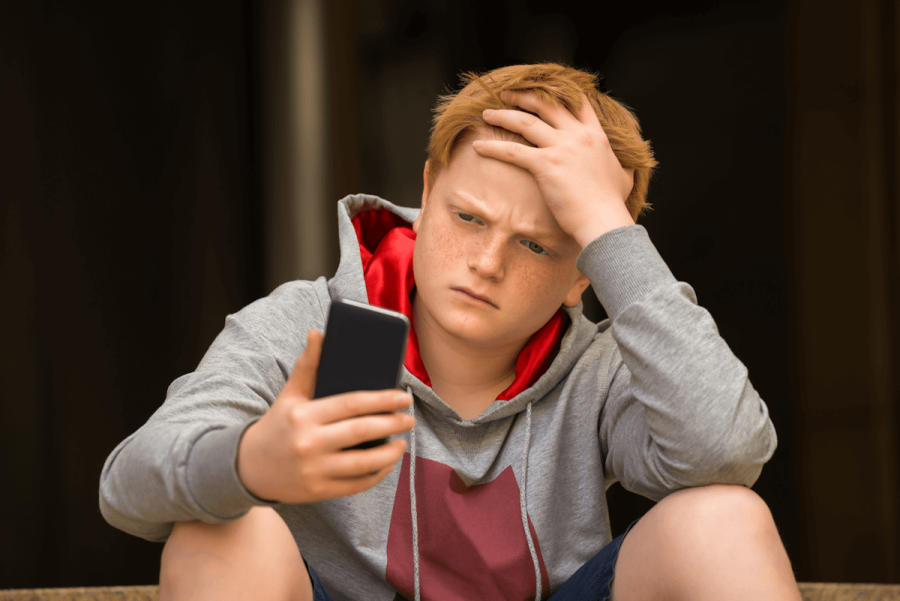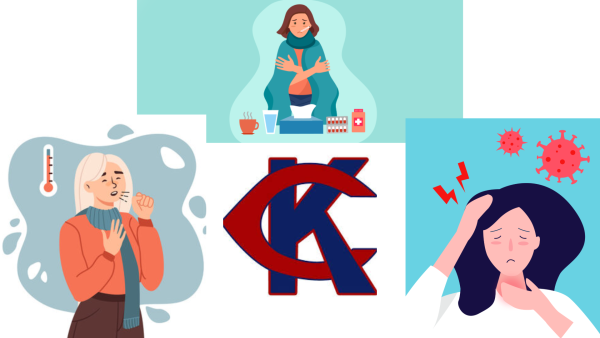Society’s Impact on Adolescents
The impact society has on kids and teens during their adolescent years of their life have become monumental. The effects family, friends, and social media have on kids, shapes the way the next generation will live and view the values of humanity. For example, the homelife of a child can influence the way they treat and raise their children as adults. Siblings can also play a role in this scenario, but do not impact one’s life nearly as much as the parents do. Teachers, pastors, and mentors also fulfill a big role in shaping a child. All these people have one simple thing in common, children look up to them each day and will be impacted by their actions. As adults in society are influenced by the negativity of social media and a lack of values and morals, this in turn causes youth to be impacted negatively. Society impacts kids during their adolescent years through expectations from family, the pressure from friends, and also by the use of social media.
Before understanding the social norm passed on from generation to generation, one needs to understand the impact families have on someone’s expectations. During the time of Hope Edelman’s article, “The Myth of Co-Parenting: How It Was Supposed to Be. How It Was.”, the common dynamic of a family was that the man worked outside the home, while the woman was supposed to do everything inside the house. This dynamic also included raising, teaching, and even disciplining the children. As time went on, that dynamic changed and most women sought the goal of co-parenting their children with their husband (Edelman 5). This change in society drastically impacted families across the world. More arguments and fights occurred in household settings, because the man wasn’t doing their “job” of co-parenting the kids. Not only did this cause frustration within the marriage, but also the children were seeing these arguments between their parents (Edelman 13). This is important because it led to children wanting to make sure that their relationship did not go through these same trials. In Edelman’s article she had no desire for her family to be the same it was when she was a child. When this began to happen, she felt “duped” and “impossibly sad”. She felt incredibly sad for her daughter, as she was experiencing the same lack of father-daughter time that she missed during her childhood (Edelman 13). No matter how hard she tried and how many conversations she had with her husband, it didn’t seem to matter, he was always too busy with work. The pressure society placed upon her husband to spend every waking moment negatively impacted their family dynamics and the connection her husband had with his daughter. This shows how hard it is to break an expectation passed on from generation to generation even when the next generation strives to be different.
While the pressure to conform to the majority is always present, society also influences teens through social media. Social media has changed the way adults live compared to life before they had technology. In addition, the power of social media on adolescents is astronomical. In the article “3 Ways Society Impacts Behaviors and Attitudes of Teenagers.”, the author explains in detail the effects of social media, as well as some facts regarding this topic. Many studies have been performed to analyze the correlation between mental health disorders and the use of social media. These studies have concluded there is a “meaningful relationship” between these two popular topics. A few of the effects caused by the use of social media are “sadness, addictive tendencies, and mental fatigue”. With almost 95% of teens in America having social media, these effects can have a detrimental impact on the next generation (Fire Mountain). However, besides the fact of social media bringing negative effects, like mental health disorders, adolescents are severely influenced by celebrities and famous figures. Since teenagers are at the most influential stage of their life, oftentimes they compare themselves to prominent and notable people. When adolescents judge themselves based off of celebrities, it can have a very negative impact. As strange as it sounds, this can lead to many of these teens trying to look like their “hero”. Once this happens, they could easily take themselves down a dark road. Body dysmorphia is a topic that is becoming prevalent in today’s society. The definition of body dysmorphia is a mental health condition in which you can’t stop thinking about one or more perceived defects or flaws in your appearance (Mayo Clinic). Mental disorders such as depression, body dysmorphia, and others are coming from the judgemental and impactful society of today.
In conclusion, the scholarly articles and the extensive research continues to support the concept of society’s negative impacts on teens. From family issues, to peer pressure, to the use of social media, the impacts of society on the next generation has become detrimental. Mental health issues continue to surge amongst adolescents because of the topics and issues highlighted throughout this essay.
https://www.mayoclinic.org/diseases-conditions/body-dysmorphic-disorder/symptoms-causes/syc-20353938
https://firemountainprograms.com/3-ways-society-impacts-behaviors-and-attitudes-of-teenagers/
Edelman, Hope. “The Myth of Co-Parenting: How It Was Supposed to Be. How It Was.” Writing and Reading for ACP Composition. Ed. by Christine Farris and Deanna M. Luchene. 3rd ed. New York: Pearson Education, 2018: 24-31.
Hello, my name is Luke Chambers and I am a senior at Lewis Cass High School. I live on a farm outside of Galveston. At school, I enjoy talking...











Kenzie McLeland • Jan 13, 2023 at 11:43 am
Great article Luke! I like how you talked about the pressure to conform to society’s views. I also like how you talked about the negative impact of having celebrity’s on social media.